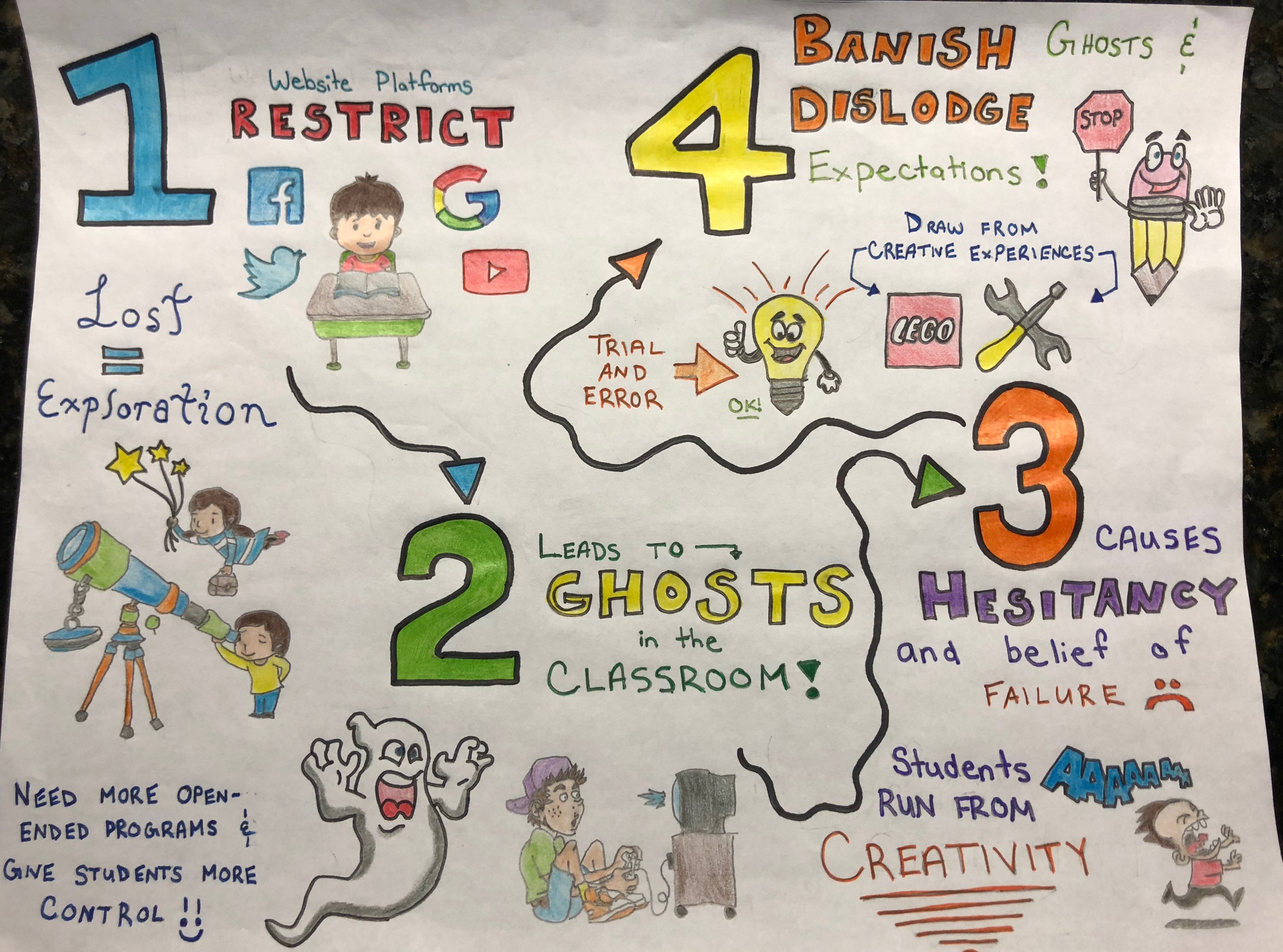Ontario Extend offers an online technology module known as the “Technologist Module“, which informs educators on how they can use technology to identify challenges that some learners face and how to utilize these platforms as a potential solution. The technologist module was a unique and interactive program to inform its users on how technology can be used to assist educators and lead to an increase in student achievement. Overall, the technologist module was divided into various sections and talked in-depth about the design-thinking process. The module divides the design-thinking process into six main sections: empathize, define, ideate, prototype, connect and test. Through these various sections, users were walked through how these can be used to enhance the use to technology within the classroom. I personally enjoyed going through this module since it included a lot of great examples of how to utilize technology in the classroom and ways that technology can allow for differentiation, where some other traditional forms of teaching may not. Secondly, I think that the huge movement and push towards technology in the classroom is only going to continue to grow and as future educators it’s extremely important that we are aware of the numerous technologies out there and exactly how they can be used to our advantage.
The artifact that I decided to engage in for this Multimedia Reflection was a Twitter Essay. For my first reflection I completed a sketch note, which was not technological at all. For my second reflection I completed a Powtoon, which was extremely technological. Now for this third and final reflection, I have decided to complete a Twitter essay. I believe the Twitter essay to be a good combination of technology and traditional methods. I was able to create my essay and articulate my thoughts the way I normally would on pen and paper; however, I was then able to insert them in a Twitter feed with the use to pictures, GIFs and other visual aids to make it more appealing. Also, my Twitter essay can now be seen by many other Twitter users around the world, who all have the opportunity to retweet my posts to all their followers; therefore, it allows for a many-to-many communications, something that pen and paper would never allow. Overall, I had a great time creating the Twitter essay. I did find it hard to articulate all my thoughts in approximately 200 characters and I found myself editing my posts a lot to make sure they were the right fit. However, I did thoroughly enjoy all the GIFs I was able to place into my feed. I hope you guys enjoy it as well! PLEASE CHECK OUT MY TWITTER ESSAY BELOW
Technology in the classroom is a massive movement and trend since it’s use is so prevalent in our upcoming youth. #OntarioExtend offers the “Technologist Module” which guides educators on how to integrate technology in their own classroom to facilitate learning! #UWinDig pic.twitter.com/XORew6ULlu
— amancina (@amancina1) February 20, 2019


